Therapeutic strategies for COVID-19: progress and lessons learned
- PMID: 37076602
- PMCID: PMC10113999
- DOI: 10.1038/s41573-023-00672-y
Therapeutic strategies for COVID-19: progress and lessons learned
Abstract
The coronavirus disease 2019 (COVID-19) pandemic has stimulated tremendous efforts to develop therapeutic strategies that target severe acute respiratory syndrome coronavirus 2 (SARS-CoV-2) and/or human proteins to control viral infection, encompassing hundreds of potential drugs and thousands of patients in clinical trials. So far, a few small-molecule antiviral drugs (nirmatrelvir-ritonavir, remdesivir and molnupiravir) and 11 monoclonal antibodies have been marketed for the treatment of COVID-19, mostly requiring administration within 10 days of symptom onset. In addition, hospitalized patients with severe or critical COVID-19 may benefit from treatment with previously approved immunomodulatory drugs, including glucocorticoids such as dexamethasone, cytokine antagonists such as tocilizumab and Janus kinase inhibitors such as baricitinib. Here, we summarize progress with COVID-19 drug discovery, based on accumulated findings since the pandemic began and a comprehensive list of clinical and preclinical inhibitors with anti-coronavirus activities. We also discuss the lessons learned from COVID-19 and other infectious diseases with regard to drug repurposing strategies, pan-coronavirus drug targets, in vitro assays and animal models, and platform trial design for the development of therapeutics to tackle COVID-19, long COVID and pathogenic coronaviruses in future outbreaks.
© 2023. Springer Nature Limited.
Conflict of interest statement
R.H. filed a patent application covering α-ketoamide Mpro inhibitors of the 13b family. He discloses a research collaboration with Atea Pharmaceuticals. Other authors declare no competing interests.
Figures

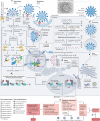
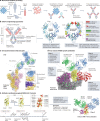
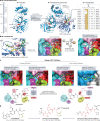
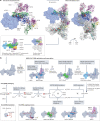
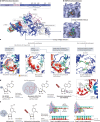
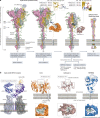


References
Publication types
MeSH terms
Substances
LinkOut - more resources
Full Text Sources
Other Literature Sources
Medical
Molecular Biology Databases
Miscellaneous

